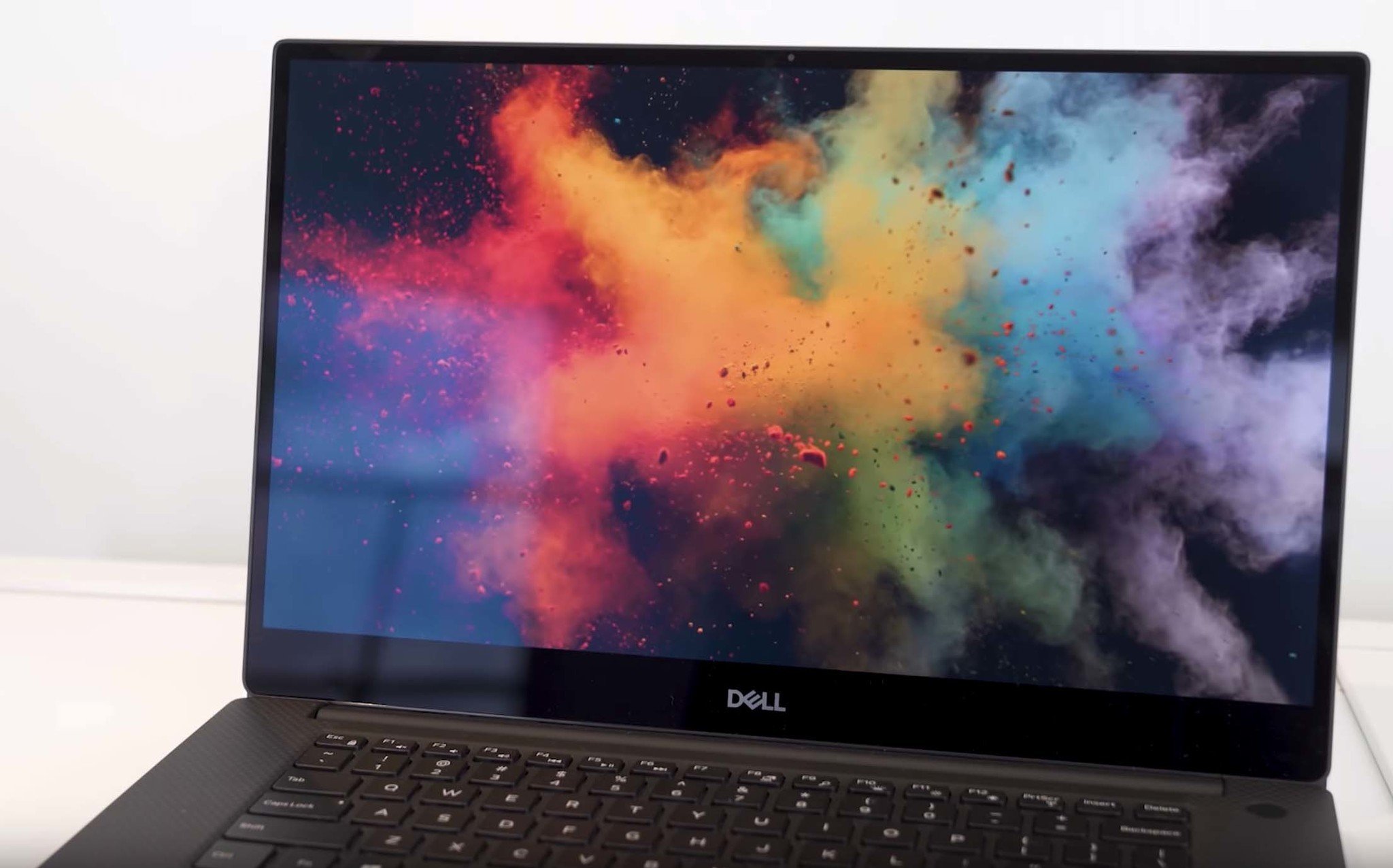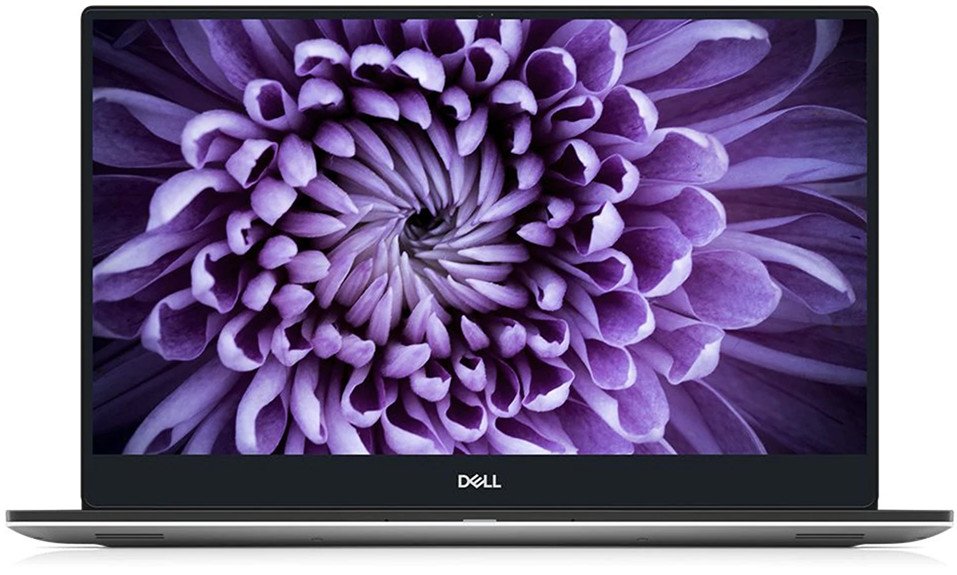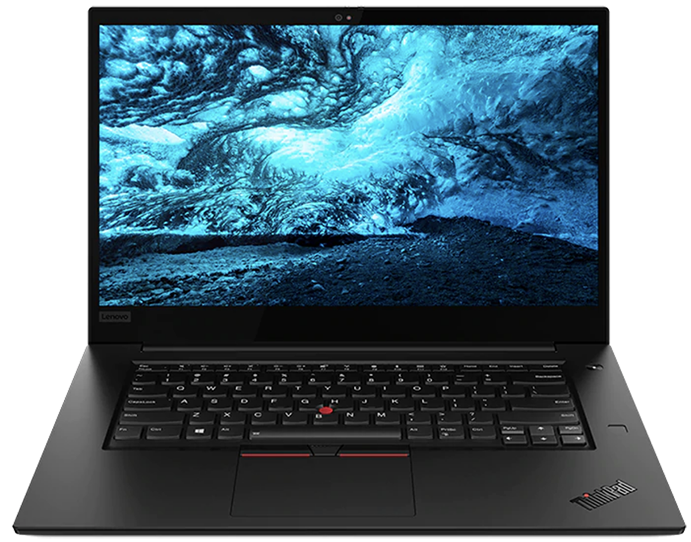Lenovo ThinkPad X1 Extreme (Gen 2) vs. Dell XPS 15 (7590): Which should you buy?


Powerful Portable
Not only is the base entry model Dell XPS 15 more affordable than the Lenovo ThinkPad X1 Extreme, but you can also configure the notebook with some seriously powerful internals. It doesn't quite beat the Thinkpad Extreme outright, however, capping out at 32GB of RAM.
For
- Better value
- Up to Intel Core i9 CPU
- Dedicated NVIDIA GTX GPU
- Better battery life
- More configurations
Against
- Gets pricey
- No HDR

Work Companion
Lenovo targets professionals with the ThinkPad X1 Extreme and offers only powerful model configurations with dedicated GPUs, SSD storage, HDR display, and at least a mid-range Core i5 processor. This does make it a hard sell if you're after an affordable base model or top of the range configuration since Lenovo only caters to the mid-range.
For
- Amazing keyboard
- Gorgeous design
- HDR support
- More RAM
- Dedicated NVIDIA GTX GPU
Against
- No Intel Core i9
- Worse value
If you enjoy HDR capabilities when playing some games and or watching movies on your notebook after work, you'll want to consider the ThinkPad X1 Extreme (Gen 2) with the 4K display. For a wider choice of configurations and a substantial base model saving, the choice is clear with the Dell XPS 15 (7590).
Impressive performance
The two laptops are professional offerings and as such, you can expect to see the 9th Gen processors from Intel, speedy RAM, and capable graphics processing. Where these notebooks do differ is with available configurations and by how far you can really push the design to house incredibly powerful hardware.
| Header Cell - Column 0 | Dell XPS 15 (7590) | Lenovo ThinkPad X1 Extreme (Gen 2) |
|---|---|---|
| CPU | 9th Gen Intel Core i5-9300H9th Gen Intel Core i7-9750H9th Gen Intel Core i9-9980HK | 9th Generation Intel Core i5-9300H9th Generation Intel Core i5-9400H9th Generation Intel Core i7-9750H9th Generation Intel Core i7-9850H |
| RAM | 8GB DDR416GB DDR432GB DDR4 | 8GB DDR4 2666 MHz16GB DDR4 2666 MHz32GB DDR4 2666 MHz64GB DDR4 2666 MHz |
| GPU | Intel UHD Graphics 630NVIDIA GTX 1650 (4GB GDDR5) | NVIDIA GTX 1650 (4GB GDDR5) |
| Display | 15.6-inch 1080p4K (touch)4K OLED (non-touch) | 15.6-inch 1080p15.6-inch 1080p HDR40015.6-inch 4K HDR400 |
| Storage | 256GB PCIe SSD512GB PCIe SSD1TB PCIe SSD | 256GB PCIe SSD512GB PCIe SSD1TB PCIe SSD |
| Ports | 1x Thunderbolt 3 with DisplayPort2x USB 3.1 Gen 11x HDMI 2.0SD card reader (SD, SDHC, SDXC)3.5mm combo jack | 2x Thunderbolt 3 with DisplayPort2x USB 3.1 Gen 11x HDMI 2.0SD card reader (SD, SDHC, SDXC)3.5mm combo jack |
| Battery | 56 Wh97 Wh | 80 Wh |
| Security | Fingerprint reader | Fingerprint reader |
| Weight | 1.8kg (4lbs) | From 3.76 lbs (1.7 kg) |
| Dimensions | 0.45 - 0.66 x 14.06 x 9.27 inches(11 - 17 x 357 x 235 mm) | 14.2 x 9.7 x 0.7 inches(362 x 246 x 18mm) |
Dell allows you to configure the XPS 15 with a 9th Gen Intel Core i9-9980HK processor, which is ideal for those times when you need extra performance to handle video editing and other intensive applications. Not only can the Dell XPS 15 (7590) house a Core i9 processor, but also 32GB of DDR4 2666MHz RAM, but this memory amount is overshadowed by the massive 64GB available in the ThinkPad X1 Extreme (Gen 2).
Dell packs serious power into the XPS 15.
NVIDIA GPUs can be found in both notebooks, but the GTX 1650 (4GB GDDR5) is the only option. Storage is a similar story, both offering up to 1TB PCIe SSD. If you're about raw performance, the XPS 15 is a better option, but it's also great if you want to save some money and go with a less capable notebook.
It's when we look at the entry models where things seem to come from completely different worlds. The Dell XPS 15 starts from around $1,080, a full $400 cheaper than the ThinkPad X1 Extreme. The specifications aren't widely different either. The base XPS 15 model comes with a Core i5 processor but lacks a dedicated GPU. Still, for the price, it's a great value.
Design and features
Both the ThinkPad X1 Extreme and XPS 15 are stunning laptops and are unique enough so you can have some degree of choice instead of the same black slab of plastic or aluminum. If we were to award one of these laptops with the "best looker" prize, it would be the XPS 15, thanks to the aluminum and carbon chassis with thinner bezels than the ThinkPad.
Enjoy movies and games on the Thinkpad with HDR.
The XPS 15 (7590) has an incredible display and battery life, especially if you opt for the Full HD display, which offers more than 12 hours of battery and requires less power than the upgraded 4K panel. The Lenovo ThinkPad X1 Extreme doesn't have a terrible battery life either at around six hours, but you can get far more out of the XPS 15.
Get the Windows Central Newsletter
All the latest news, reviews, and guides for Windows and Xbox diehards.
For the display, both notebooks can come rocking a Full HD (that's 1920x1080) display or a 4K touch-friendly panel. While the Dell XPS 15 display is better in terms of contrast and overall quality, both have a brightness rating or around 400 nits, and Lenovo actually has the additional benefit of HDR support.
High dynamic range is heralded as an even bigger advance in picture quality than the bump to 4K. If you use Dolby Vision in the ThinkPad X1 Extreme, images can be displayed with greater levels of contrast, improving detail across a given scene. It also allows for more detailed work with supported HDR cameras. If you value your picture quality while watching movies or playing games, the ThinkPad X1 Extreme is worth a look.
Dell for better overall choice
Dell has got more right than wrong with the XPS 15. The available configurations, an option for an Intel Core i9 processor, the incredible display (without HDR), and great battery life make it a superb purchase, especially at the lower starting price.

Make the XPS 15 your own
Dell has done a solid job at making the XPS 15 a worthy option for a wide range of consumers. Whether you're on a tighter budget and only need the base model or are able to kit the laptop out with a powerful Core i9 processor and 32GB of RAM, Dell has you covered.
Lenovo for HDR and ports
The ThinkPad X1 Extreme has a better selection of ports available, comes rocking HDR, and can keep up with the XPS 15 in most configurations, but when you put them side by side, there are simply more positives in favor of the 15-inch Dell notebook.

Rich Edmonds was formerly a Senior Editor of PC hardware at Windows Central, covering everything related to PC components and NAS. He's been involved in technology for more than a decade and knows a thing or two about the magic inside a PC chassis. You can follow him on Twitter at @RichEdmonds.
